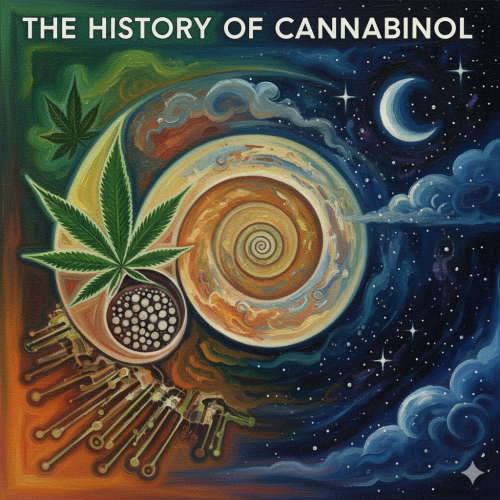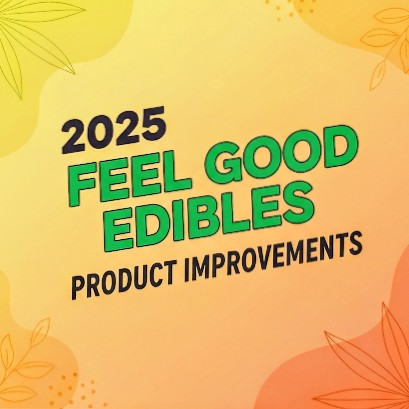This article is more so about comparing numbers and statistics between the years, and educated guesses of what the CBD statistics may become in the future. The writer of this article is not a practiced statistician and is simply bringing the statistics of multiple credible sources into one article/area.
The years of focus will be 2019, 2022, and 2023.
Popularity Within the United States
CBD is gaining popularity within the United States, especially for recreational use.
According to CFAH.org, a 2019 study showed that California was the number one seller, purchaser, and user of CBD products, at a whopping $730 million in sales. Florida, New York, Washington, and Colorado were the main states to follow. Of all the states, Indiana and Connecticut had the lowest CBD sales, with Connecticut having only $23 million in sales.
The popularity of CBD is likely to increase, especially now that cannabis laws are loosening.
How is CBD Used?
CBD is most commonly used for mental health, pain, and physical, social, and spiritual purposes.
According to CFAH.org, a 2019 survey examined why women and men used CBD. Women had the majority in nearly all surveyed answers (relaxation, anxiety, pain, etc), while men used CBD mostly for sleep, social purposes, and spiritual purposes.
In 2019, extracts (oils), vape pens, and edibles were the most popular way to take CBD.
In 2021, oils/tinctures were still the most used to alleviate symptoms, with tropicals, pharmaceuticals, capsules, and CBD gummies following. The least popular appeared to be pre-roll/flower CBD.
The most common CBD dosage was between 5-10mg.
As the popularity and confidence in the use of CBD increases, the common dosage of 5-10mg may increase. Oils are likely to remain one of the most popular ways to use CBD, simply because of their versatility.
Who Uses CBD the Most
According to CFAH.org, a 2019 survey showed that the vast majority of people taking CBD were Caucasian/White (64%). Following that statistic were Hispanic/Latino (12%), Black/African-American (5%), and Asian/Asian-American (4%). The rest preferred not to say or identify themselves as “other.”
♦ Interested in high-quality edibles and merchandise? Check out the FGE shop and FGE Etsy Store ♦
31% of American men have, at the least, tried CBD. While only 20% of women have tried CBD. 10% of the people surveyed regularly use CBD, while women only accounted for 4%.
Across the generations (Boomers, Gen X, Millennials, and Gen Z), Gen Z had the majority of the statistics at 11%. Millennials were at 9% and the other two generations were 7% and 4%, respectively.
Millennials and Gen Z are likely to increase their usage of CBD. And, as Gen Alpha grows in average age, CBD will likely begin to increase its sales and popularity even more.
Retail Trends
According to CFAH.org, a 2021 study shows that E-commerce accounted for over $2 billion in sales. While pharmacy sales accounted for just under $1 billion.
The most common ways to obtain CBD are at specialty shops and through online purchases.
As online stores continue to shoot up in popularity due to their convenience and accessibility, online purchases are likely to become the most common way to purchase.
Success Rate
According to CFAH.org, a study showed that 22% of the 4,000 people surveyed replaced their prescription painkillers, antioxidants, and sleep aids with CBD.
63% of people claimed that CBD was effective for stress and anxiety. 38% for joint pain, 52% for sleep, and 24% for recreational use.
This is one statistic that may or may not increase. However, something to be certain of is that the more people that try CBD, the more accurate “CBD statistics” will become. Just like with any medicine, supplement, or drug, as time progresses, more information becomes known.



